A study by researchers from the SRM Institute of Science and Technology, Ghaziabad, shows monocrystalline silicon (mono-Si) solar PV technology outperforms polycrystalline silicon (poly-Si) in the tropical wet region of eastern India.
For their study, the researchers chose a remote region in West Bengal known as Krishnanagar owing to its geographical position, attributed to the passing of the Tropic of Cancer and its frequent power outage issues with limited possibilities for expanding the utility grid. As such, the region requires a self-sustainable power generation system. The annual average solar radiation at the selected site measures 4.79 kWh/m2/day, demonstrating the region’s substantial potential for harnessing solar energy.
The study aimed to determine the most suitable solar PV technology for the region.
The researchers evaluated mono-Si PV and poly-Si solar PV technologies on various performance indices such as yield outcomes, losses, capacity factor (CF) and performance ratio (PR), under the region’s tropical wet climate. Meteorological and climatic data was obtained using the PDAV tool of NASA and simulated using HOMER pro software.
The Linear regression (LR) method was employed to assess the degradation rate of both technologies.
The study showed mono-Si PV offered better performance than its Poly-Si PV counterpart, in terms of yield outcomes and losses. The yield outcome with mono-Si PV is approximately 12% higher, whereas losses are around 32% lower than poly-Si PV. The annual average PR for mono-Si PV is 77.5%, against Poly-Si PV’s 72.42%. Correspondingly, the average yearly CF is 16.78% for mono-Si PV and 15.44% for Poly-Si PV.
Results also show that poly-Si PV degrades faster than mono-Si PV; the annual average degradation rate is 0.67% for mono-Si PV and 0.73% for poly-Si PV.
The economic analysis of the two systems reveals that mono-Si PV provides energy at a 9% lower cost than Poly-Si PV, with a levelized cost of energy (LCOE) of $0.248/kWh for mono-Si PV and $0.273/kWh for poly-Si PV.
The annual average solar radiation at the selected site measures 4.79 kWh/m2/day, demonstrating the region’s substantial potential for harnessing solar energy.
This content is protected by copyright and may not be reused. If you want to cooperate with us and would like to reuse some of our content, please contact: editors@pv-magazine.com.
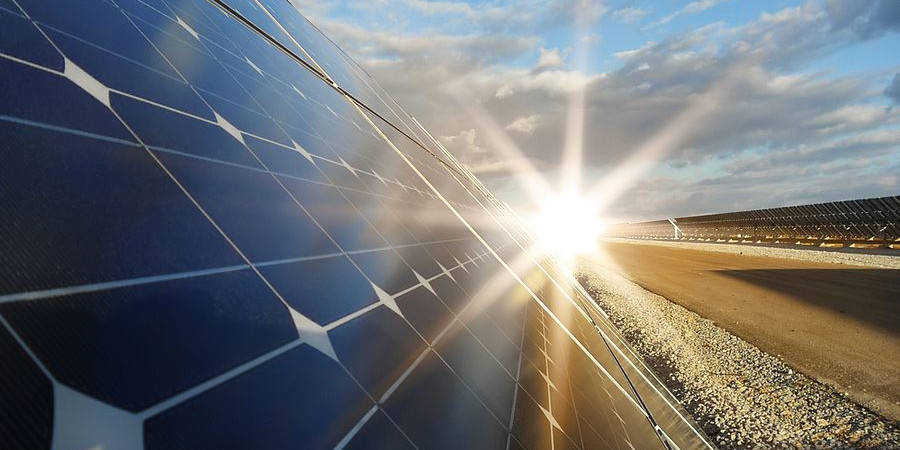



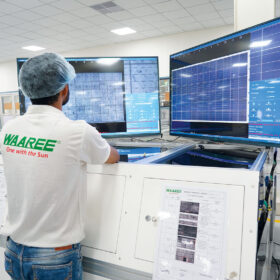
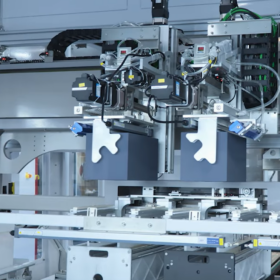
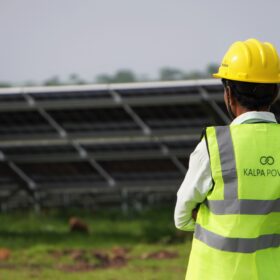
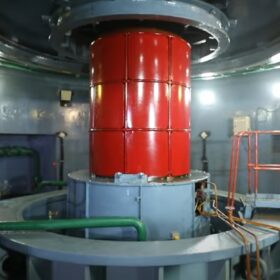
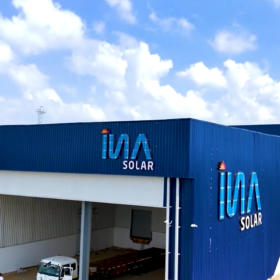
By submitting this form you agree to pv magazine using your data for the purposes of publishing your comment.
Your personal data will only be disclosed or otherwise transmitted to third parties for the purposes of spam filtering or if this is necessary for technical maintenance of the website. Any other transfer to third parties will not take place unless this is justified on the basis of applicable data protection regulations or if pv magazine is legally obliged to do so.
You may revoke this consent at any time with effect for the future, in which case your personal data will be deleted immediately. Otherwise, your data will be deleted if pv magazine has processed your request or the purpose of data storage is fulfilled.
Further information on data privacy can be found in our Data Protection Policy.